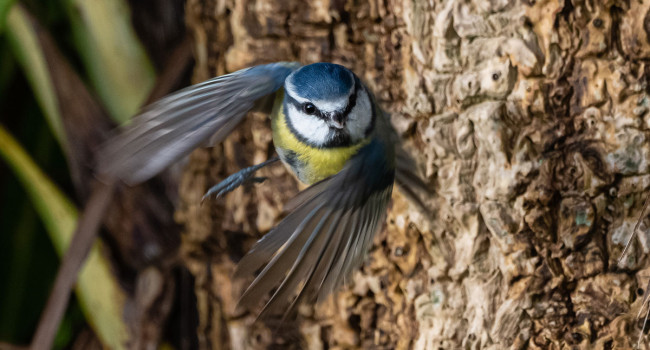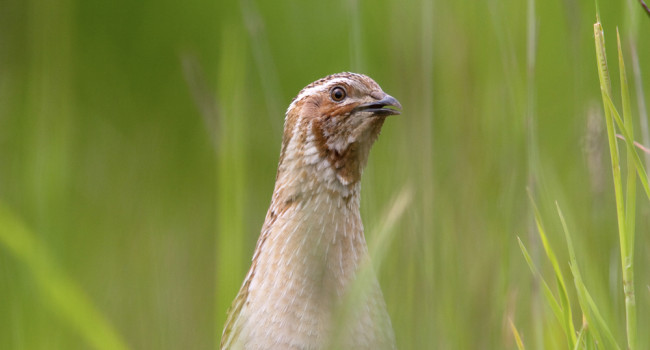The sensitivity of breeding songbirds to change in seasonal timing is linked to population change but cannot be directly attributed to the effects of trophic asynchrony on productivity.

Author(s): Franks, S.E., Pearce-Higgins, J.W., Atkinson, S., Bell, J.R., Botham, M.S., Brereton, T.M., Harrington, R. & Leech, D.I.
Published: November 2017
Journal: Global Change Biology
Digital Identifier No. (DOI): 10.1111/gcb.13960
The time that birds decide to breed has a strong impact upon the likely success of raising their young to independence. Pairs of birds will generally time egg laying to maximise the availability of food for their chicks. However, one of the strongest impacts of climate change so far has been to alter the timing of spring. In response to milder temperatures, flowers and insects are all appearing earlier than they used to. Songbirds struggling to match their timing to the changing climate could be facing population declines.
To test this, BTO, in collaboration with The Woodland Trust, Rothamsted Research, Butterfly Conservation and the Centre for Ecology and Hydrology (CEH), have collated some of the most comprehensive long-term data on the timing of spring from across the UK. They have related changes in the timing of leaf and flower emergence as well as aphid, butterfly and moth emergence, to changes in the timing of egg-laying, tracked by the BTO/JNCC Nest Record Scheme. As expected, in warmer springs, birds do tend to breed late relative to the timing of spring. However, by using data from the BTO/JNCC ringing scheme to monitor changes in the number of fledglings produced by each species per year, the study’s authors found no evidence that these mismatched species were also suffering a long-term decline in breeding success. This suggests that the population declines observed in many British songbirds are not directly caused by the effect of mismatch on breeding success.
These results significantly increase our understanding of the impacts of climate change upon birds by showing there is not a strong link between changes in the timing of spring and long-term trends in breeding success. The heroic efforts of thousands of volunteers recording information on birds, insects and plants were vital in providing the long-term data required to understand the impacts of climate change upon bird populations, and we thank them for their hard work and dedication.









Share this page